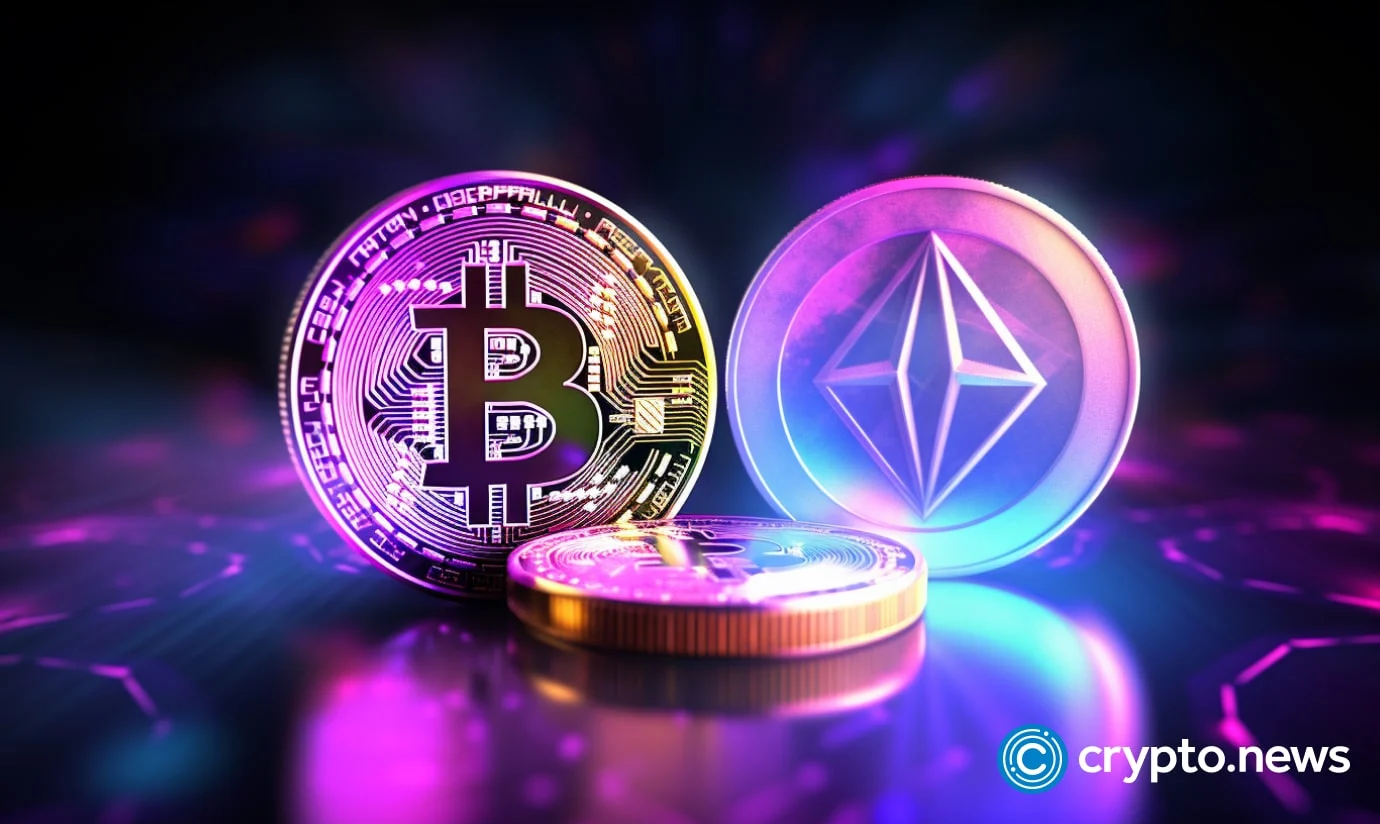Understanding the Polygon NFT Ecosystem
The NFT market has emerged as a significant player in the digital economy, and Polygon is at the forefront of this transformation. Polygon, a layer-2 scaling solution for Ethereum, provides an efficient and cost-effective way to create and trade non-fungible tokens (NFTs). By reducing transaction fees and improving transaction speeds, Polygon enables creators and collectors to participate more actively in the NFT space.
The Current State of the Market
Recent trends in the Polygon NFT market showcase a thriving ecosystem. With numerous projects gaining traction, the variety of digital art, collectibles, and virtual real estate available has significantly increased. Marketplaces such as OpenSea and Rarible have integrated Polygon, further expanding the accessibility and appeal of NFTs. The growth of this market reflects overall demand as more artists and brands explore the potential of NFTs on Polygon.
Challenges and Opportunities Ahead
While the Polygon NFT market is seeing positive momentum, it also faces challenges. Issues such as the need for stronger security protocols and the environmental impact of NFTs continue to be significant concerns. However, these challenges also present opportunities for innovation. Developers and creators can find ways to enhance security and sustainability in the NFT space, ensuring Polygon remains a leader in the evolving digital landscape.
